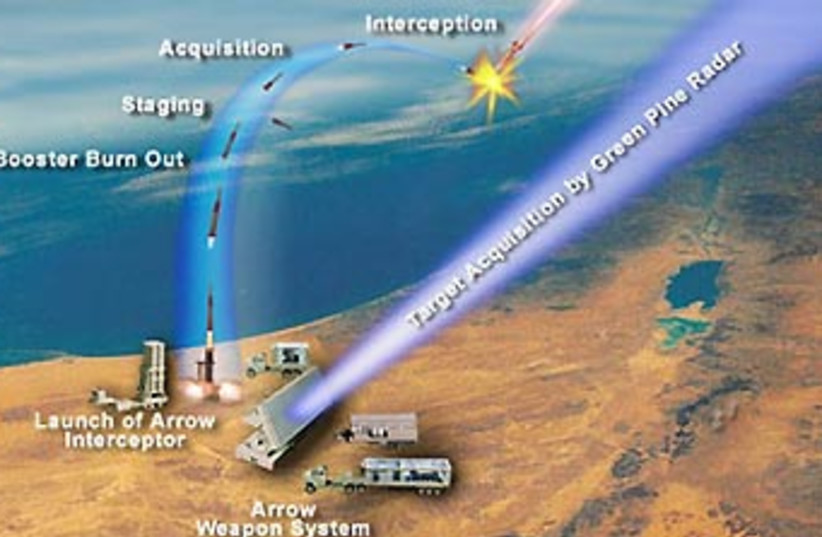Real-World Projectiles: From Arrows to Missiles

Real-World Projectiles: From Arrows to Missiles – A Journey Through Projectile Motion
From the earliest hunter-gatherers launching arrows to modern militaries deploying sophisticated missiles, the study of projectiles has been inextricably linked to human progress and conflict. This journey explores the fascinating physics behind projectile motion, tracing its evolution from simple hand-thrown spears to the incredibly complex guided munitions of today. We’ll delve into the factors influencing trajectory, explore the historical significance of various projectile weapons, and touch upon the cutting-edge technologies shaping the future of this field.
The Fundamentals of Flight: Understanding Projectile Motion
At its core, projectile motion is governed by gravity and air resistance. A projectile, once launched, follows a parabolic path, influenced by its initial velocity and launch angle. Neglecting air resistance (a simplification useful for initial understanding), the horizontal velocity remains constant, while the vertical velocity is continuously affected by gravity, causing the projectile to rise and then fall. Air resistance, however, complicates matters significantly, introducing drag and lift forces that depend on the projectile’s shape, size, and velocity. This makes accurate prediction of longer-range trajectories a complex computational task.
A Historical Perspective: From Arrows to Cannons
| Projectile | Era | Key Feature |
|---|---|---|
| Arrow | Prehistoric – Present | Simplicity, accuracy at short range |
| Spear | Prehistoric – Present | Early ranged weapon, reliant on momentum |
| Catapult/Trebuchet | Ancient – Medieval | Siege warfare, high trajectory |
| Cannon | Medieval – Modern | Increased range and destructive power |
The evolution of projectile weapons reflects humanity’s relentless pursuit of greater range and destructive power. The simple arrow, propelled by muscle power, gave way to the more powerful catapult and trebuchet, which leveraged mechanical advantage to launch heavier projectiles over greater distances. The invention of gunpowder revolutionized warfare, leading to the development of cannons, capable of delivering devastating blows from afar. The cannon’s impact reverberated across centuries, shaping battlefield tactics and the very design of fortifications.
The Age of Precision: Guided Missiles and Beyond
Modern projectile technology has transcended the limitations of simple ballistic trajectories. Guided missiles, utilizing sophisticated guidance systems like GPS, inertial navigation, and radar, achieve unprecedented accuracy and range. These systems actively correct for deviations from the intended trajectory, compensating for factors like wind, gravity, and even evasive maneuvers by the target. The development of smart munitions has drastically altered the nature of warfare, emphasizing precision strikes and minimizing collateral damage.
Beyond military applications, projectile motion finds applications in various fields. Sporting events like archery and baseball rely heavily on understanding projectile trajectories. Space exploration utilizes similar principles to launch rockets and guide satellites. Even seemingly unrelated fields like fluid dynamics and weather forecasting employ sophisticated models based on principles of projectile motion adapted to more complex systems.
The Future of Projectiles: Emerging Technologies
The future of projectiles promises further advancements in accuracy, range, and lethality. Research into hypersonic weapons, capable of reaching speeds exceeding Mach 5, is pushing the boundaries of projectile technology. The integration of artificial intelligence and machine learning is expected to enhance the autonomy and adaptability of future projectiles. Moreover, the exploration of alternative propulsion systems, such as electromagnetic launchers, could revolutionize the way we launch projectiles, potentially achieving unparalleled speeds and ranges.
In conclusion, the study of real-world projectiles spans millennia, from rudimentary hunting tools to sophisticated guided weapons. The underlying principles of projectile motion remain constant, yet the technological advancements have been transformative. As research continues to push the boundaries of what’s possible, the future of projectiles promises to be as exciting and impactful as its past.

